Various types of beer have existed for nearly as long as farming has been practiced. Beer has played a role in Finnish daily life and celebrations. The weaker beer-kotikalja has been served at dinner tables and as a working-class drink, while stronger beer was associated with celebrations.
Read more about the alcohol culture in Finland.
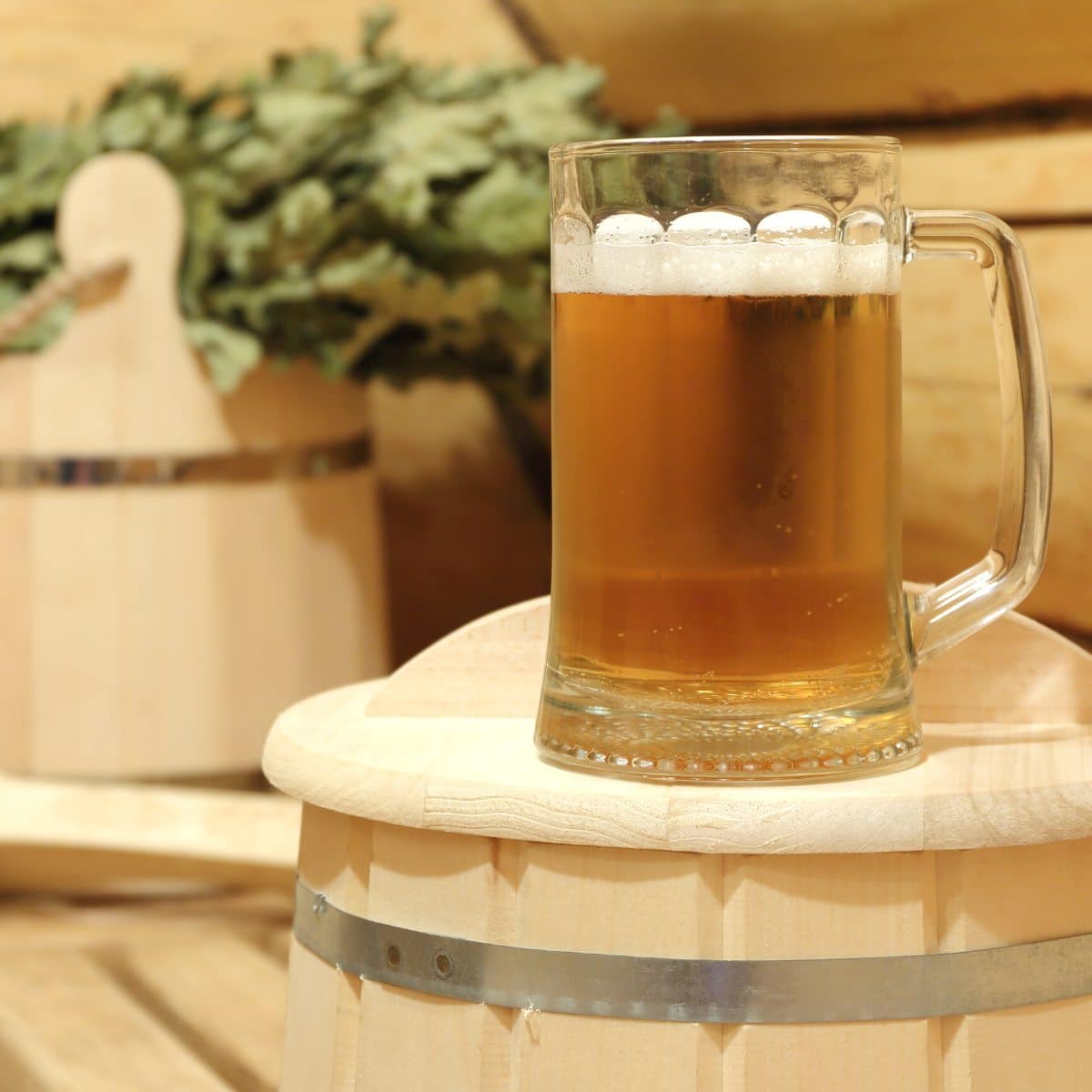
History of beer
Beer has been an integral part of Finnish culture for centuries. In the Middle Ages, mashing technique became common. Malts were mixed with warm water, causing the sugar contained in the malt to dissolve in the liquid. By straining the mixture, you got sweet wort. If the wort was left to stand, it started to ferment thanks to the wild yeasts in the air.
The use of hops became common since the Middle Ages. Before that, for example, marsh wort, marsh myrtle, yarrow, or juniper were used as a spice for the drink. The crown encouraged the cultivation of hops, and medieval land laws fined peasants who did not cultivate it
Beer and hops were also used to pay taxes. During the Middle Ages, the Finnish region consumed an average of 1.5 liters of beer daily, making it a popular drink among the common folk and the church.
By the end of the 1800s, Finland was home to 140 breweries. In June 1919 there came a prohibition act. Alcohol was only allowed to be produced for medical, technical, and scientific purposes, and the State Alcohol Company was established to oversee this.
Twelve years into Prohibition, a public referendum was held to determine its continuation. The following year, in 1932, Prohibition was lifted, and Alko granted licenses to 44 breweries to produce beer.
In 1969, the alcohol law underwent another change, allowing 18-year-olds to purchase mild alcoholic beverages such as beer. Light beer was also made available for sale in over 17,000 grocery stores and cafes. However, the attitudes towards alcohol varied between municipalities, leading to heated debates. This resulted in light beer ban areas in Eastern Finland well into the 1980s.
It wasn't until the 1990s, with EU legislation, that Finland's alcohol practices changed and the small brewery culture started to thrive once again. Today, beer continues to be an integral part of Finnish culture, and the country boasts a thriving beer scene with a variety of microbreweries and brewpubs. (source)
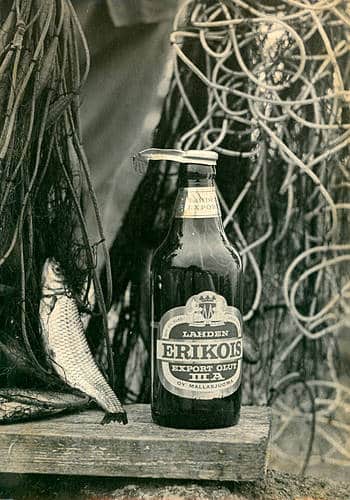
Largest beer brands in Finland
- Karhu
- Lapin Kulta
- Koff
- Karjala
- Olvi
- Stallhagen
- Kukko
Food shop favorites for us are: Keisari Dark, Iisalmi NEIPA and Karhu. The ultimately best cheap grocery store beer is Karhu Laku Porter. A very dark beer with licorice tones.
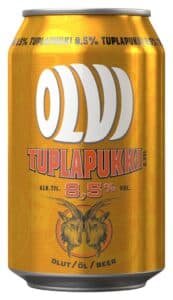
Best Finnish beer
There is actually a yearly competition of best Finnish beers. The "Best Beer in Finland" competition is organized by the Finnish Beer Association. Last year the competition was won by Kaski Savubock which is a smoky full-bodied beer.
Of the over 420 beers from the 53 breweries that entered the competition, the winners of each category were selected by a fifty-member jury, and from these, the best beer was chosen by an international panel of judges.

Here are the winners for previous years:
- 2022 Kaski Savubock, Takatalo&Tompuri Brewery 6,5%
- 2021 Runaway, Olarin Panimo 7,1%
- 2020 Valo, Panimo Honkavuori, 4,5 t%
- 2019 Groteski, Iso-Kallan Panimo, 3,7 t%
- 2018 Lammin Sahti, Lammin Sahti, 7,5 t%
- 2017 Thunder Chief, Hopping Brewsters Beer Company Oy, 5,4 t%
- 2016 Mufloni Pilsner, Panimoravintola Beer Hunter’s Oy, 5,5 t%
- 2015 Siperia Stout, Koskipanimo, 8,0 t%
- 2014 American Lager, Stadin Panimo, 4,5 t%
- 2013 Imperiaali Stout, Laitilan Wirvoitusjuomatehdas, 9,2 t%
- 2012 Prykmestar Wehnäbock, Vakka-Suomen Panimo, 6,2 t%
- 2011 Sinebrychoff Porter, Sinebrychoff, 7,2 t%
The "Best Beer in Finland" competition has 14 categories. Last year, alcohol-free and low-alcohol beers were recognized for the first time as their own category, and this year, hazy NEIPA beers were elevated to their own category. The year 2022 winners in categories:
- Light Lager: Stadin Mosaical Lager 5.3% ABV, Stadin Brewery
- Pilsner: Hoppa Extra Pils 5.9% ABV, Hoppa Brewery
- Dark or Colored Lager: Bock's Doppelbock 7.5% ABV, Bock's Corner Brewery
- Light or Medium Ale: Wee Doze 10.5% ABV, Olarin Brewery
- APA and Session IPA: Stadin West Coast IPA 5.3% ABV, Stadin Brewery
- NEIPA: Mallaskoski Hazy IPA 5.5% ABV, Mallaskoski
- IPA: Every Time We Touch 8.0% ABV, Etko Brewing
- Stout and Porter: Imperial Stout 10.0% ABV, Maku Brewing
- Wheat Beer: Unison Wheat Beer 4.8% ABV, Unison Brewing
- Unflavored and Flavored Sour Beers: Zesty Case 5.3% ABV, Olarin Brewery
- Flavored Beers: Mufloni Raspberry B-Weisse 5.0% ABV, Beer Hunter's
- Aged Beers: Space Noir 10.0% ABV, Etko Brewing
- Alcohol-free and Low-alcohol Beers: Saimaa Brewer's Special Utah Rye IPA 0.3% ABV, Saimaa Brewing Company
- Other Beers: KASKI Smoky Bock 6.5% ABV, Takatalo & Tompuri Brewery
If you want to taste some of the beers those over 5,5% are found in Alko. (not necessarily in all Alkos) Those with lower alcohol content can be found in larger supermarkets like Citymarket and Prisma.
Difference between beer and sahti
Sahti is a traditional Finnish unfiltered beer that is mainly made from barley and with a small amount of rye malt and sometimes wheat and oats. Juniper or juniper berries, and hops, can be used for flavor. Sahti is brewed with fresh yeast or collected yeast.
The main distinguishing factor between beer and sahti is the method of production. Traditionally, sahti is boiled in a wooden tub, where heated stones heated in a fire or furnace are placed, along with the mash, a mixture of malt and water. Nowadays, instead of stones, sahti makers heat the added water directly to 60-80 degrees.
The process continues with the transfer of the mash to a sieve, where there are juniper berries. The sweet malt water is separated from the malt husks, after which the liquid, or wort, is cooled and drained into the fermentation vessel. Yeast is then added. Finally, the sahti is transferred to room temperature for one to three days for fermentation, and later to a cool place, such as a cellar or refrigerator. Sahti is ready to drink in about two weeks.
The taste of sahti differs from traditional home-brewed beer. Sahti is significantly thicker than beer. It contains significantly more sugar. Sahti is much sweeter than regular lager beer.
There are traditional sahti areas in Finland where the drinks produced have large differences. These differences have sometimes been compared to the differences between wine regions!
In Eastern Häme, sahti has traditionally been made from barley malt. Nowadays, oats or wheat or even a little bit of rye malt can be added to give strength. However, rye malt does not belong to the traditional Eastern Häme sahti. The Northern Satakunta sahti is known for its abundant rye content. The Häme sahti is also sweet, unlike the much drier Satakunta sahti.

Prices of beer in Finland
- In grocery stores cheapest 0,33 litre beer cans start from 90 cents (eur) a can plus deposit fee.
- A 0,5 litres can of beer starts at 2 euros.
- Indian pale ale and darker large bottles start from 3 euros up.
- Craft beers cost around 2,8-5 euros a bottle.
- Tap beer (regular lager, 0,5 litre) at restaurant costs around 6-8 euros. Trendier places in Helsinki charge up tp 10-12 euros for a pint.
In Finland, there is a system in place where customers pay a small fee when purchasing beverages in returnable containers, such as bottles and cans. This fee is refunded when the customer returns the empty container to the retailer. This system is known as "panttijärjestelmä" in Finnish and is aimed at promoting recycling and reducing waste.
So "pullopantti" is a fee added to the price of a bottle of beverage, which is refunded when you return the bottle to a machine in the store. The amount of pantti is 15 cents for cans and 10 cents for small beer bottles. You can return cans in all grocery stores, but those bought in Lidl, you can only return to Lidl. Lidl store does though accept other stores bottles, so it is actually the vest place to return bottles and cans to.
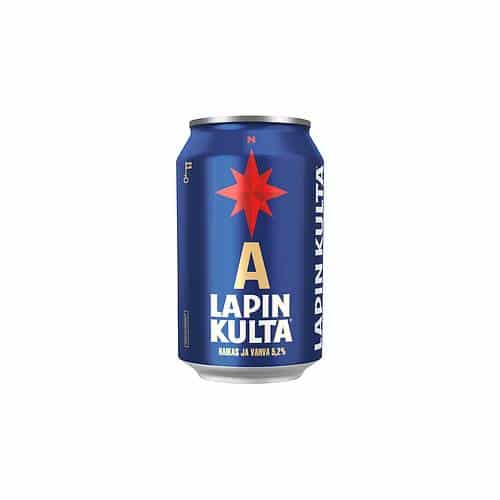
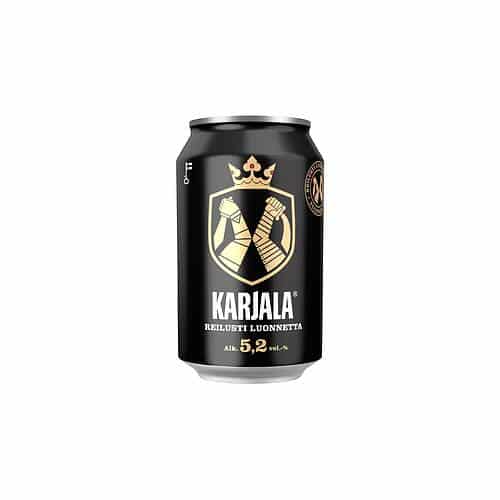
Beer festivals/events
Here are some events around beer in Finland
- Helsinki beer festival
- Suuret oluet-Pienet panimot-Tampere-Vantaa-Lahti-Helsinki-Turku-Oulu
- Craft Beer Helsinki-Helsinki
- Olfest- In Turku
- Olutsatama-Jyväskylä
Finnish beer words
- Juoda olutta - To drink beer
- Juon olutta - I drink beer
- Juotko olutta- Do you drink beer?
- Juodaanko olutta- Shall we drink beer?
- Mikä olut maistuisi?- What beer would you like to have
- Haluaisin tumman oluen- I would like a dark beer
- Haluan tuopin olutta- I would like a pint of beer
- Nostaa lasillinen - To raise a glass
- Alkoholijuoma - Alcoholic beverage
- Pubi - Pub
- Baari - Bar
- Olutravintola - Beer restaurant
- Panimo - Brewery
- Oluen ystävä - Beer lover
- Oluen maistaja - Beer taster
- Juoda olutta ystävien kanssa - To drink beer with friends
- Järjestää olutilta - To organize a beer evening.
FINNISH BEER SONG
Here is a fun song for you, use the melody of Jaakko Kulta, (brother John lullaby)
- Lapin kulta, Lapin kulta,
- Karjala, Karjala
- Sininen ja Karhu, Sininen ja Karhu
- Koff Koff Koff. Koff Koff Koff
Especially fun if sung in canon.


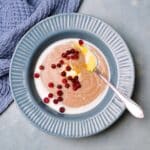
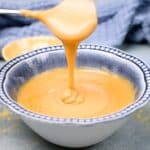




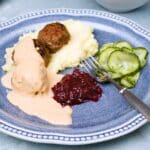
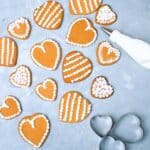



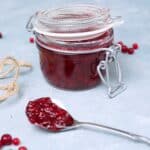



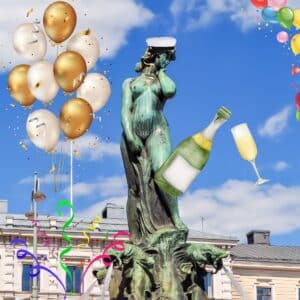


Leave a Reply